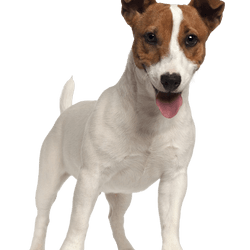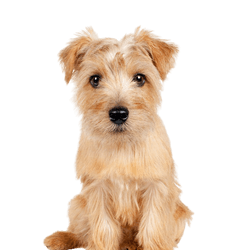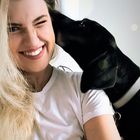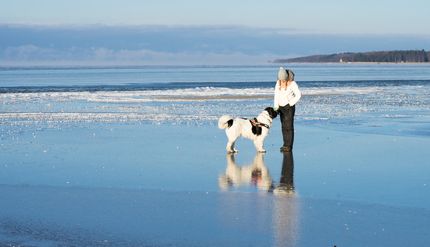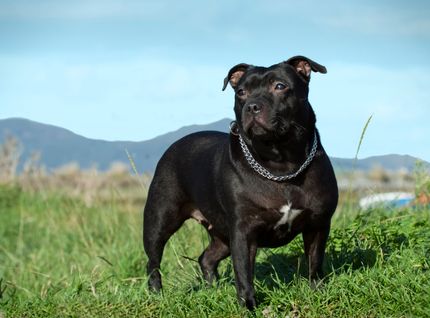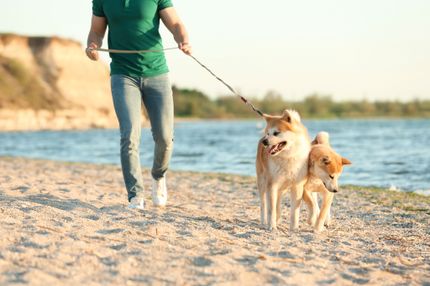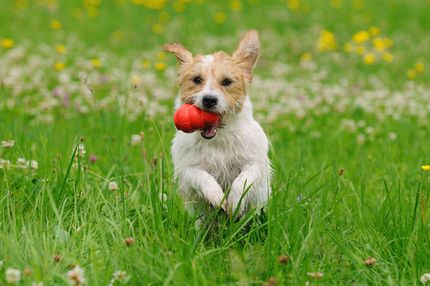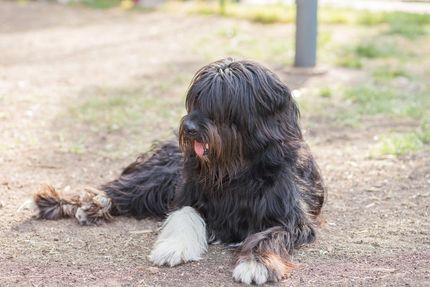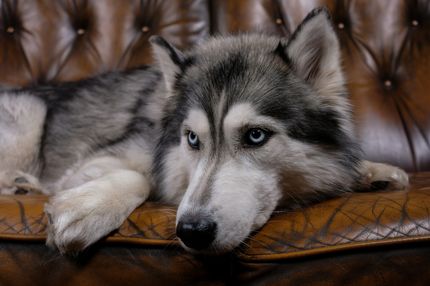Facts & Origin
Norjack - A dynamic mix of Norfolk Terrier and Jack Russell Terrier.
The Norjack, also known as the Norfolk Terrier and Jack Russell Terrier mix, is an exciting cross between the Norfolk Terrier, a British breed, and the Jack Russell Terrier, an English breed. This unique combination creates a dog with a blend of traits and characteristics from both original breeds.
The origin of the Norjack lies in the popularity of hybrid dogs, which combine different breeds to bring together the best characteristics of both breeds. Although the exact origin of the Norjack is difficult to trace, this mix is gaining popularity among dog lovers around the world.
Suitability and use
In summary, the Norjack is a dynamic mix of Norfolk Terrier and Jack Russell Terrier. It is an active and alert companion dog that is well suited for experienced dog owners. With proper care, adequate exercise and mental stimulation, the Norjack is sure to become an exciting and loving companion for his family.
| Alternate Name | - |
| Origin | England - UK |
| Life expectancy | 10 - 16 years |
| Care requirements | low-maintenance - high-maintenance |
| Activity level | high - average to high |
| FCI group | not recognised |
| AKC group | not recognised |
| KC group | not recognised |
More Jack Russell Terrier mixes
Attitude, character and temperament of the breed
Possible character traits of the Norjack
The Norjack is likely to have some positive character traits of both breeds. He may be:
- Active and energetic
- Intelligent and willing to learn
- Playful and lively
- Alert and courageous
The Norjack is a dynamic and active dog that is well suited for owners looking for an energetic pet. He needs plenty of exercise and mental stimulation to stay happy and balanced. Because of his temperament, he may be better suited for experienced dog owners. The Norjack can be comfortable in both apartments and houses with gardens.
Character
Care and health maintenance
The Norjack is generally a robust and healthy dog. However, it can still suffer from some of the health problems that can be found in the original breeds. These include eye problems, allergies and joint problems. Regular vet visits, a balanced diet, and adequate physical activity are critical to maintaining the Norjack's health.
Grooming the Norjack requires regular brushing to keep the dense and wiry coat clean and free of tangles. The coat can be a variety of colors, including black, brown, and white with markings. Ears should be checked and cleaned regularly to prevent infection. Teeth should be brushed regularly to minimize dental problems.
Appearance of the Norjack
The Norjack is usually a small to medium sized dog with a shoulder height of about 25 to 35 cm and a weight of 5 to 8 kg. His appearance can vary from dog to dog, although characteristics of both original breeds can be recognized. It often has a compact, muscular exterior, a wiry or smooth coat type, and an alert facial expression.
Known Diseases
Cataract
Cataracts are still one of the most common causes of blindness, even in dogs.
Numbness
Often occurs in old age.
Ataxia
Ataxia (from Greek ἀταξία ataxia 'disorder' 'irregularity') is a generic term in medicine for various disorders of movement coordination. Ataxia can occur even when there is no paralysis (paresis), that is, when there is normal muscle strength.
Atopy
Canine atopic dermatitis or environmental allergy is characterized by itching with scratching, biting, and rubbing of the face, paws, and belly
Dermatophytosis
Dermatophytosis (synonym dermatophytosis, from ancient Greek τὸ δέρμα derma, German 'skin' and ancient Greek φυτόν phyton, German 'plant') or tinea (Latin for 'woodworm', 'moth') is a skin fungal disease caused by specific fungi (dermatophytes).
extreme whiteness
May be associated with some other diseases.
Legg-Calve-Perthes
Legg-Calvé-Perthes disease (aseptic femoral head necrosis) is a growth disorder of the femoral head.
Dislocations
Lenticular and patella luxation occur in some breeds and affect the eye.
Myelopathy
Degenerative myelopathies of dogs are a series of slowly progressing neurological diseases associated with destruction of the spinal cord. These diseases are associated with slowly progressive movement disorders of the hindquarters.
Hip dysplasia (HD)
Hip dysplasia (HD) is a genetic condition in dogs where the hip joint is not shaped properly. This leads to pain, stiffness and restricted movement.
Epilepsy
Definition: Dog has epilepsy if, for example, at least two epileptic seizures occur more than 24 hours apart.
Heart disease
Can occur frequently in dogs and can sometimes be treated with medication.
Patellar luxation
Patellar luxation is the term used to describe a displacement of the kneecap, which is one of the most common causes of lameness in dogs.
FAQ
-
The Norfolk Terrier and Jack Russell Terrier mixed breed is a combination of the characteristics of both breeds fused together. The mixed breeds have similar characteristics such as endurance, energy, warmth, intelligence and beautiful appearance.
-
The size of the mongrel depends on which features are more emphasized by each breed. But as a rule, they reach a shoulder height of 25-33cm.
-
The average age of a Norfolk Terrier and Jack Russell Terrier mix is between 12 and 15 years.
-
The mixed breed has many of the characteristics of the parent breeds. They are very bright, confident and energetic, but also affectionate and loyal.
-
Since this mixed breed can have a moderately to highly allergic dog, it is not recommended to keep it as a family dog for people with allergies.
